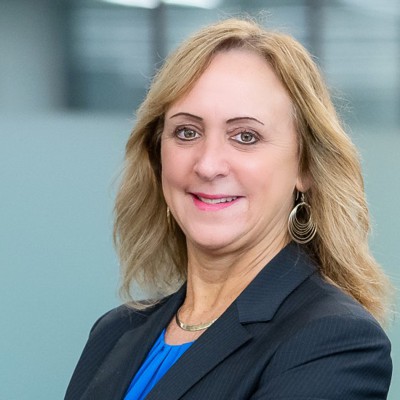Parsons CEO explains their approach to artificial intelligence

Parsons Corp. often speaks of acquisitions as applying to both its federal technology and critical infrastructure businesses, but the company’s concept of crossover is not limited to just buying and integrating.
During Parsons’ first quarter earnings call with investors Wednesday, chief executive Carey Smith described the company’s research-and-development portfolio as another place to find common technology themes between both sides of the house.
No tech conversation takes place these days without inevitably working toward artificial intelligence, especially with how its increasing adoption will change everything about work and software.
Smith told analysts that Parsons is “applying artificial intelligence across our entire portfolio” and cited a few example areas to consider across its federal tech and critical infrastructure segments.
The kinds of systems needed to counter unmanned aircraft are one of those applications. Smith described AI’s usage for that as how operators identify, detect and track a drone that is in a location it probably should not be.
Cybersecurity is a second area Smith brought up as where Parsons is using AI. The cyber realm also garners a lot of attention in the overall AI dialogue, given how both domains are directly related to how enterprises and government agencies in particular manage their large amounts of data.
A third area is the work to verify that everything in a supply chain is trusted and verified, or in this scenario Smith brought up – “If you’re looking at our printed circuit board, how do you determine if it’s been tampered with.”
The critical infrastructure side of Parsons’ house also has the element of data to work with and resources to manage, particularly with how distributed energy resource management systems operate.
Also known as DERMS, many utilities and other power providers use those systems to control the flow of electricity from distributed energy resources. The idea is to help operators manage and organize their grids with the use of software.
Smith said AI will increasingly come into play as this sequence she laid out unfolds – “As you start to have renewables, how is your load going to change, how are your payment terms going to change relative to that.”
“We also use AI for cyber compliance for energy and water sectors, and then we’re using it for predictability on traffic flow,” Smith added.
First quarter revenue of $1.5 billion was 31% higher than the prior year period, while the organic growth rate was 29%. Profit of $141 million represented a 56% year-over-year increase in adjusted EBITDA (earnings before interest, taxes, depreciation and amortization).
Both of those top- and bottom-line figures represent quarterly records for Parsons and are mostly due to the ramp-up of several large wins from 2023, including 15 that Smith said have ceiling values north of $100 million.
Centreville, Virginia-headquartered Parsons lifted its full-year financial outlook to revenue in the range of $6.1 billion-to-$6.4 billion, while adjusted EBITDA expectations are also higher at $535 million-to-$575 million.



